Dallas Symphony opens with just 36 players
mainFabio Luisi arrived as music director, facing a depleted and distanced ensemble.
Another Covid occasion.
Read here.
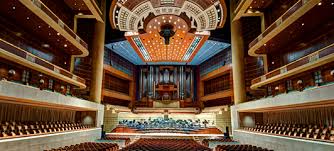
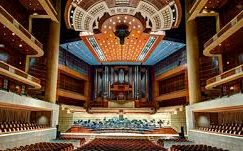
Fabio Luisi arrived as music director, facing a depleted and distanced ensemble.
Another Covid occasion.
Read here.

The tenor Ian Bostridge shocked Symphony Hall Birmingham…

The orchestra’s president Gary Ginstling has engaged Katya…
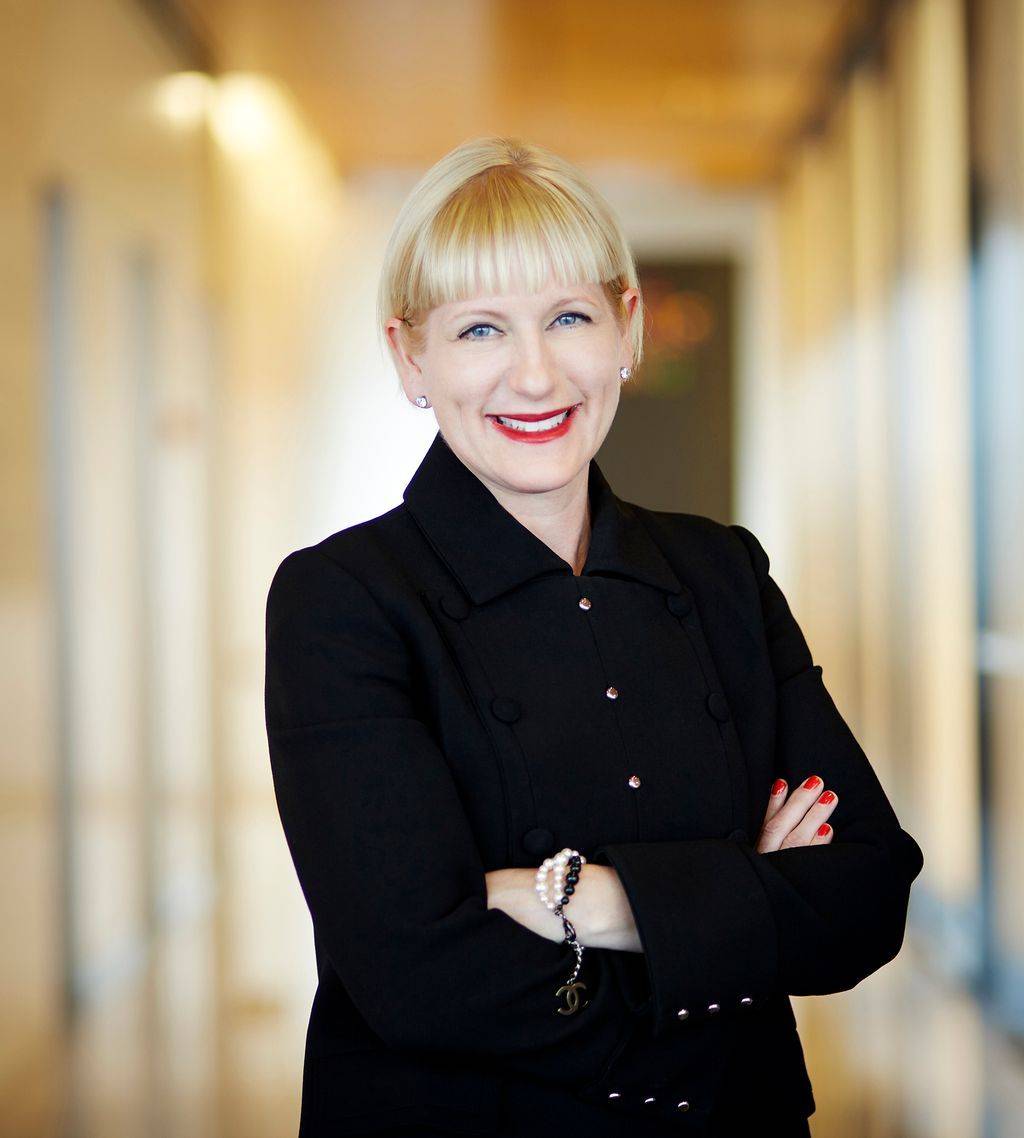
The Berlin Philharmonic chief conductor Kirill Petrenko has…
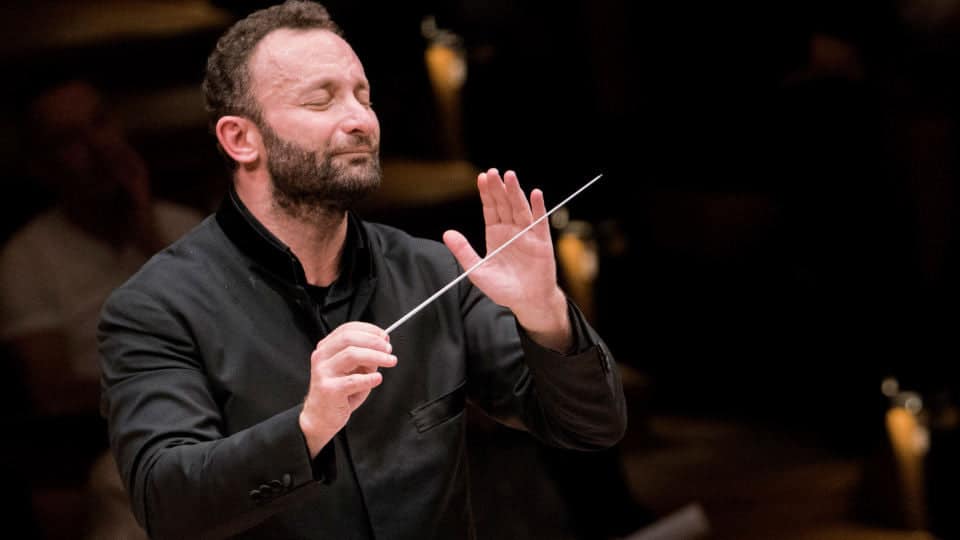
He is already music director of the Metropolitan…
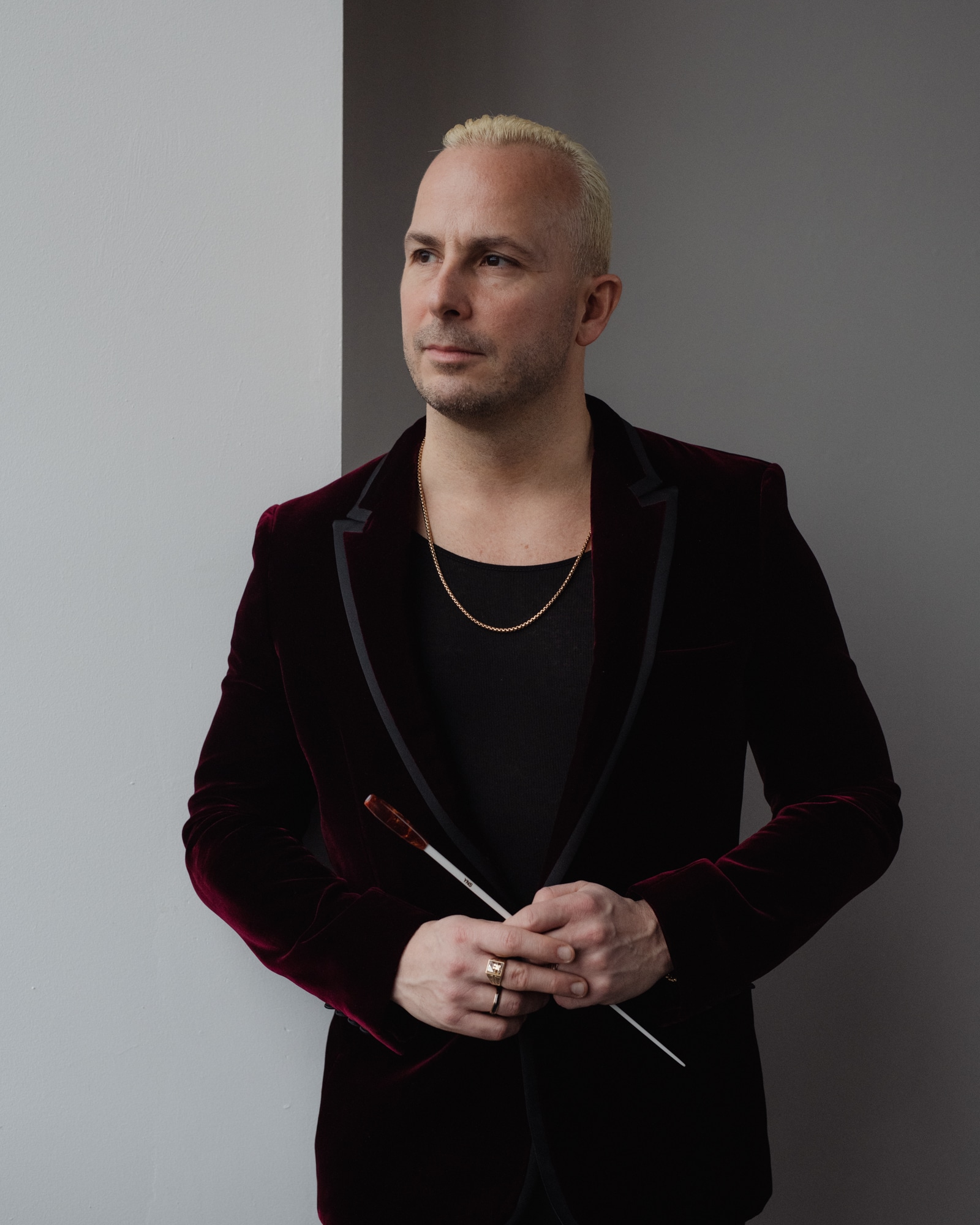
Session expired
Please log in again. The login page will open in a new tab. After logging in you can close it and return to this page.
36 players on stage, 79 patron in the audience.
1) Not even in the time of royal courts and aristocratic patronage was the ratio musicians to audience so low.
This is economically unsustainable.
Just the overhead costs of electricity and staff to open up the hall one day exceeded ticket sales for that day!
2) Musicians are like team athletes, if you stop playing together, in the same formation, you lose timing, coordination, team work… They have to adjust to new acoustics for every performance.
I would not want to hear the CSO, NYP, BSO, Cleveland in their first concert in 2021 even with a vaccine.
All you need is one patron to pay the bills. Ask Wagner (King Ludwig) or Haydn (Prince Esterhazy).
There are folks in Dallas with deep pockets who support the arts (as much for the prestige as the appreciation of the art form).
True the ticket sales will not pay the bills, but this is one orchestra that has the funds and support to weather the storm.
Last time I saw a number, it cost about $5000 to open and staff the Meyerson Symphony Center for one event. So… 75 tickets x $30-$120… they *might* have actually covered that facilities cost.
However, that was the retail price for events that are not the Dallas Symphony. Unlike most orchestras that are retail tenants of a hall, the Dallas Symphony Association manages the hall itself. It has a 99-year lease on hall from the city in return for turn-key operating the hall for all events.
Basically they’ve already paid for the hall, they’ve already paid for the players and conductor… they might as well hold concerts in it.
The incremental additional cost of calling in the ticket takers and ushers and security is probably minimal in the grand scheme of things.
I’d love to read the article, but the Dallas Morning News is yet another paper behind a pay wall.
Then subscribe. Do you work for free?
Well, I certainly can’t afford to subscribe to every article linked here, or on other sites that provide them, to every single paper behind a paywall. I subscribe to The Spectator and The New Yorker and that’s my lot.
The review Norman linked to is not from the Dallas Morning News. It is from the (free to read) Texas Classical Review.
Congratulations to Fabio Luisi (a frequent contributor to these pages), the Dallas Symphony, and its management for a successful season opening concert in a well-chosen program. In the reduced ircumstances, Bronfman looks larger than life. I thought of Beethoven and his 28 players for the first “Eroica” performane, recreated on CD in the same venue by Grossmann and Ensemble 28.
Reviewer Scott Cantrell mentions acoustical changes, also the horn duet and clarinet in the eighth symphoniy’s third movement, which over rumbling double-basses Stravinsky praised for novel instrumentation comparable to Korsakoff or himself.
For a critic to fuss over some imperfect balances at a time when a pandemic has nearly shut down the classical music industry seems like a misplaced priority. I’d rather hear about how or whether they’ve tried to respond to the current moment with programming, soloist choices or outreach efforts.
I cannot see the Dallas Morning News article, so I don’t know the tone of any criticisms. Hopefully it was constructive. But on general principle, I cannot agree with your comment, Brian. It is precisely the responsibility of a reviewer to accurately relate the unusual experience of attending a symphony orchestra’s pandemic program.
Right here on this website there tends to be a debate between the viewpoint of our host, who tends to label these kinds of programs as likely sad and depressing, and those who feel they should go ahead in the interest of re-starting live music. It’s a valid debate and I assure you it’s replicated on the outside. Having someone relate in detail exactly what the experience was like, musically and socially, is part of the public process of resolving this question.
At the risk of mentioning my own work on my writing side, and with apologies for pivoting to a completely different genre than classical music, I recently wrote an article about the American country singer Sara Evans and her determination to be just about the first in her field to return to live performance. The state where I live, Virginia, has some scattered live venues reopening because of the way the state’s current facility restrictions happen to fall, or the breakneck determination of certainly venue owners to get going again. Sara Evans sang at three venues all around the state in one weekend, and the experience was variable. While my resulting article is certainly quite positive overall, there would have been no sense in not relating which venue provided the best audience experience and which the strangest, and what compromises compared to her studio albums and regular concerts the music may have occasionally suffered because of space restrictions on stage. (She didn’t even bring a drummer or a keyboardist to these Virginia concerts). It wouldn’t have done the reader any good for me to glide over these points, and it arguably would be minimizing the artistic catastrophe of the pandemic to do so.
You can find the article by searching on my name, “Sara Evans,” and/or “National Review.” I hope this helps.
Mea maxima culpa — and David Patrick Stearns.
??
What does he have to do with this?
Something is better than nothing, as long as everyone’s health and safety are not endangered.
Truly Pathetic
Go Fuck Yourself!
Moderator not in today?
The Montreal Symphony is supposed to open this afternoon. I couldn’t find a way to get across the border so I can’t report on it.
Somehow we will all survive without your report.
I’m not sure I will. It’s painful to know they are playing and I can’t be there.
An audience of only 80 to see Bronfman play. Wow. I like Luisi very much and think he will be a big hit in Dallas. He’s extremely talented.
Put aside for the moment the very understandable issues connected with COVID-19.
I hope that we continue to hear more chamber-sized concerts like this one in the future from our orchestras, once this crisis is over.
Many works that are performed with large forces, are arguably better served with smaller forces, including these two Beethoven works. Many works with smaller ensembles that are not presented often enough, should be. This is a great opportunity to program works like the Schoenberg Chamber Symphony #1 (original instrumentation), Haydn Symphony #22 (a personal favorite of his earlier symphonies), and so many more.
I know that there are economics involved: if you pay that many players, especially string players, you want to make use of them. Perhaps there is a creative way of doing so: for example, having the members that do not participate in a reduced-size subscription series do something like community outreach. Maybe even split the orchestra in half: half does a subscription series, the other half performs outreach.